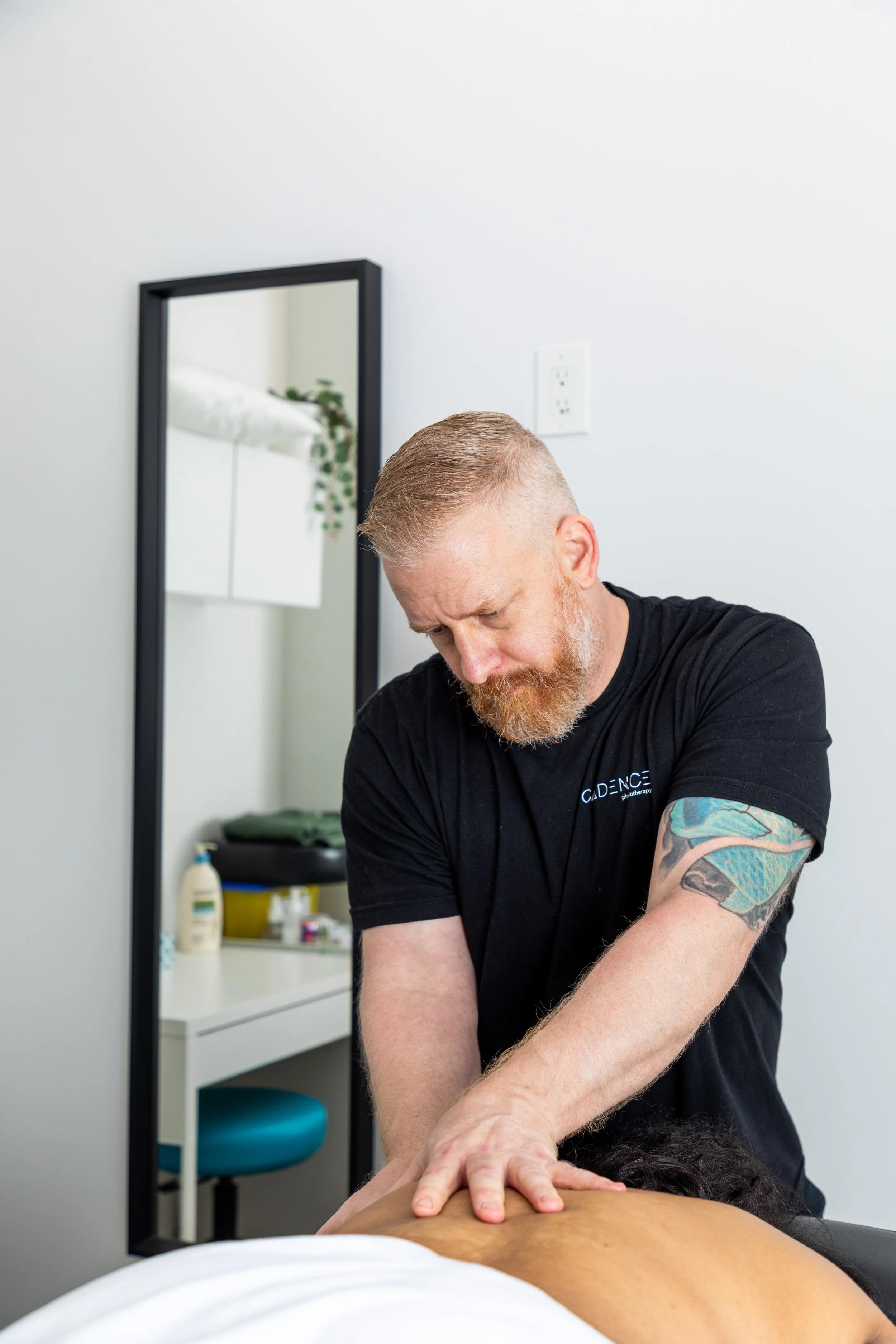How does sports massage therapy benefit an athlete?
By Vicky Milne, Registered Massage Therapist and Medical Acupuncture Provider
Athletes constantly push their bodies to the limit, leading to muscle fatigue, soreness, and an increased risk of injury. While proper training, nutrition, and recovery protocols are essential, massage therapy has emerged as a scientifically supported tool to enhance athletic performance and recovery. In this post, we’ll explore the proven benefits of massage for athletes, backed by research.
Reduces Muscle Soreness and Fatigue
One of the most well-documented benefits of massage is its ability to alleviate delayed onset muscle soreness (DOMS), the pain and stiffness felt 24-72 hours after intense exercise. A 2018 meta-analysis in “Frontiers in Physiology” found that massage significantly reduced. DOMS and perceived fatigue after exercise compared to passive recovery or other interventions. Another 2020 study in the “Journal of Athletic Training” reported that athletes who received post-exercise massage experienced less muscle soreness and maintained better muscle function than those who didn’t.
Enhances Recovery and Performance
Faster recovery means athletes can train harder and more frequently. Research suggests massage aids in muscle repair and performance restoration. A 2021 study in “Sports Medicine” found that massage improved muscle recovery by reducing creatine kinase (a marker of muscle damage) and improving range of motion. A 2015 study in “Science Translational Medicine” discovered that massage dampens inflammatory pathways while promoting mitochondrial biogenesis (essential for muscle energy production). Regular massage may help athletes recover faster between training sessions and competitions.
Improves Flexibility and Range of Motion
Tight muscles can hinder performance and increase injury risk. Massage helps maintain optimal muscle elasticity. Research in the “Journal of Sports Sciences” showed that massage improved hamstring flexibility more effectively than static stretching alone. A 2022 study in “Medicine & Science in Sports & Exercise” found that massage combined with dynamic stretching enhanced joint mobility in athletes. Greater flexibility can improve movement efficiency and reduce strain on joints.
Reduces Stress and Improves Mental Focus
Athletic performance isn’t just physical—mental fatigue and stress can impair focus and reaction time. A 2017 study in “Complementary Therapies in Clinical Practice” found that massage therapy lowered cortisol (the stress hormone) while increasing serotonin and dopamine (mood-enhancing chemicals). Research in “The Journal of Strength and Conditioning Research” reported that athletes who received regular massage had better sleep quality and lower anxiety levels. A relaxed, focused mind leads to better decision-making under pressure.
May Help Prevent Injuries
By improving circulation, reducing muscle tension, and enhancing flexibility, massage can lower the risk of overuse injuries. A 2016 study in “The American Journal of Sports Medicine” found that athletes who incorporated massage into their recovery routine had fewer soft-tissue injuries. Research in “Physical Therapy in Sport” suggested that massage helps maintain muscle balance, reducing strain on tendons and ligaments.
Where to book a massage in scarborough, on
Regular massage can be a proactive measure to keep athletes injury-free. Scientific evidence strongly supports massage as a valuable tool for athletes. From reducing soreness and speeding up recovery to improving flexibility and mental focus, regular massage can be a game-changer in an athlete’s regimen.
If you’re an athlete, consider incorporating massage into your recovery routine—your body (and performance) will thank you!




